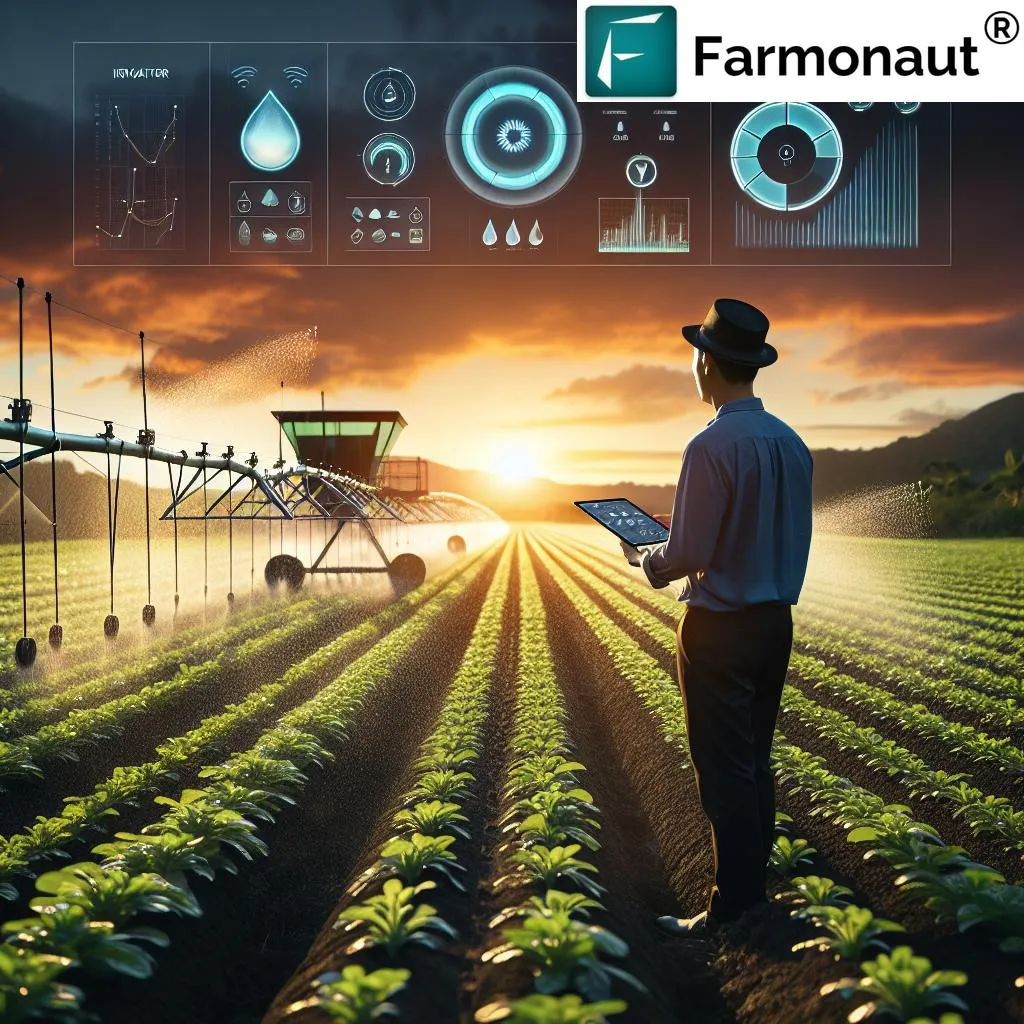In the ever-evolving landscape of smart agriculture, a groundbreaking study published in the open-access journal *PLoS ONE* (which translates to “Journal of Open Science”) is making waves. Led by Amal H. Alharbi, this research introduces a novel approach to water quality prediction using hybrid deep learning optimization techniques. The study combines the Dipper Throated Optimization (DTO) algorithm with the Polar Rose Search (PRS) algorithm, offering a promising solution for precision agriculture and water resource management.
Water quality prediction is a critical aspect of modern farming, directly impacting crop yields, environmental sustainability, and operational efficiency. Traditional methods often fall short in accuracy and adaptability, which is where this innovative research steps in. By leveraging the strengths of both DTO and PRS, the study aims to enhance the predictive capabilities of deep learning models, providing farmers and agritech companies with more reliable data.
“Our goal was to develop a robust optimization framework that could significantly improve water quality predictions,” said Alharbi. “The integration of DTO and PRS algorithms allows for a more dynamic and accurate modeling process, which is crucial for making informed decisions in agriculture.”
The commercial implications of this research are substantial. For the energy sector, which often intersects with agriculture through water resource management and renewable energy projects, this technology could revolutionize how water quality is monitored and maintained. Accurate predictions can lead to more efficient water usage, reduced costs, and minimized environmental impact. This is particularly relevant for regions facing water scarcity or those heavily reliant on agriculture for economic stability.
The hybrid deep learning optimization approach not only enhances predictive accuracy but also offers scalability. This means that the technology can be easily adapted to various agricultural settings, from small-scale farms to large-scale industrial operations. The flexibility of the model makes it a valuable tool for agritech companies looking to integrate advanced analytics into their operations.
As the world continues to grapple with the challenges of climate change and resource depletion, innovative solutions like this are more important than ever. The research led by Alharbi represents a significant step forward in the field of smart agriculture, offering a glimpse into a future where technology and sustainability go hand in hand.
“This research is a testament to the power of interdisciplinary collaboration,” Alharbi added. “By combining insights from computer science, environmental science, and agriculture, we can develop solutions that address some of the most pressing challenges in the industry.”
The study’s publication in *PLoS ONE* ensures that the findings are accessible to a broad audience, fostering further research and development in the field. As the agricultural sector continues to evolve, the integration of advanced technologies like hybrid deep learning optimization will play a pivotal role in shaping its future.
In conclusion, the research led by Amal H. Alharbi offers a compelling example of how innovative technologies can drive progress in smart agriculture. By enhancing water quality predictions, this study not only benefits farmers but also has far-reaching implications for the energy sector and beyond. As we look to the future, the potential for further advancements in this field is immense, promising a more sustainable and efficient agricultural landscape.

